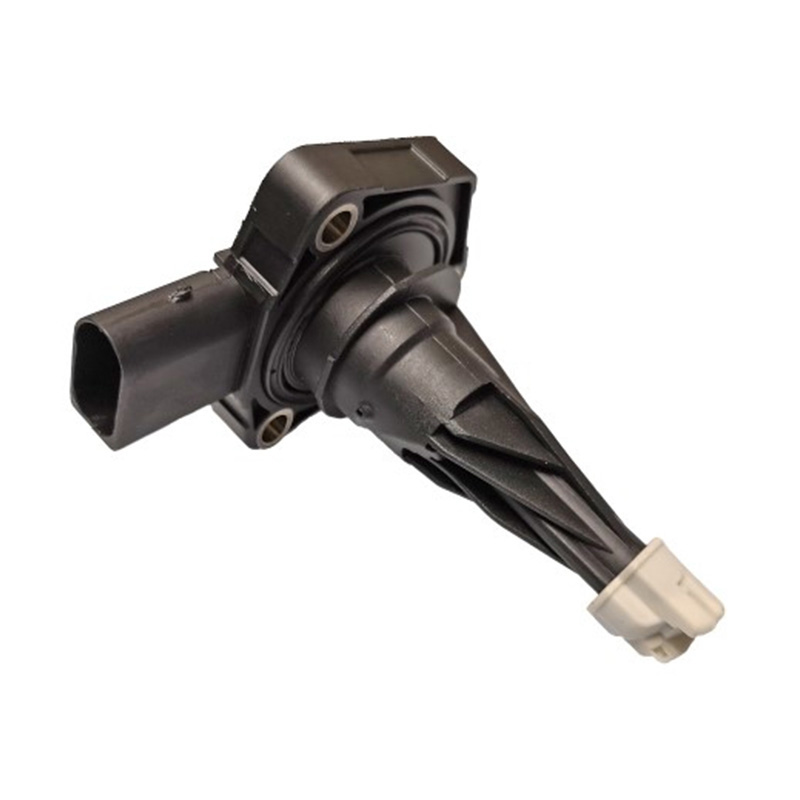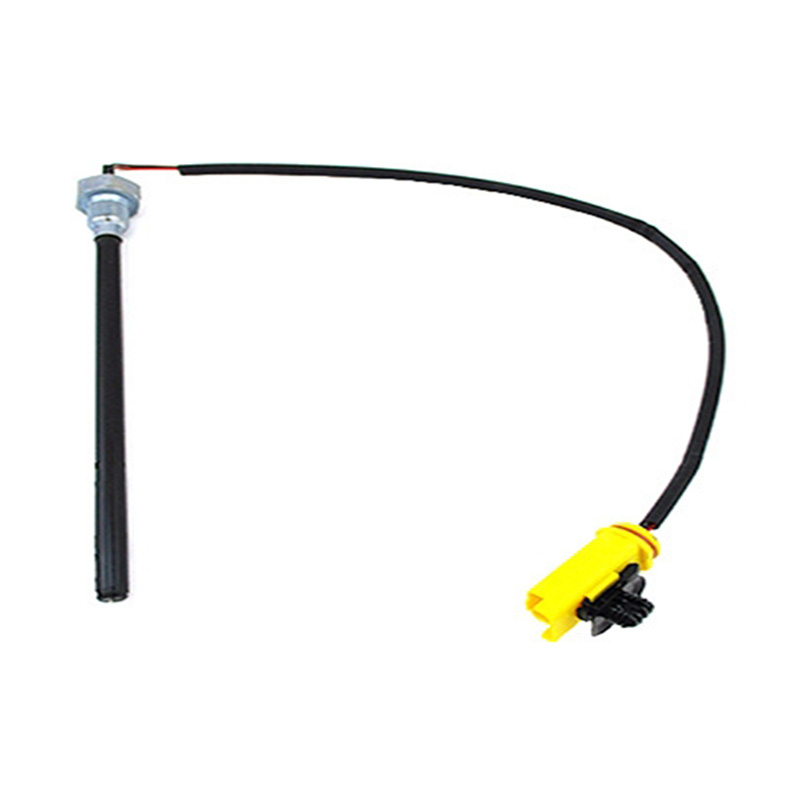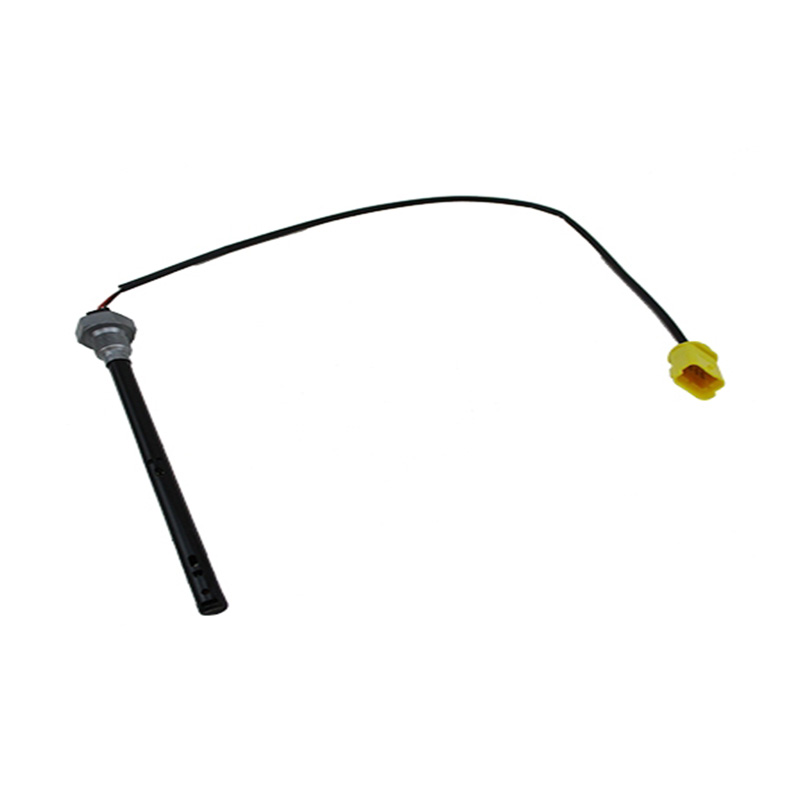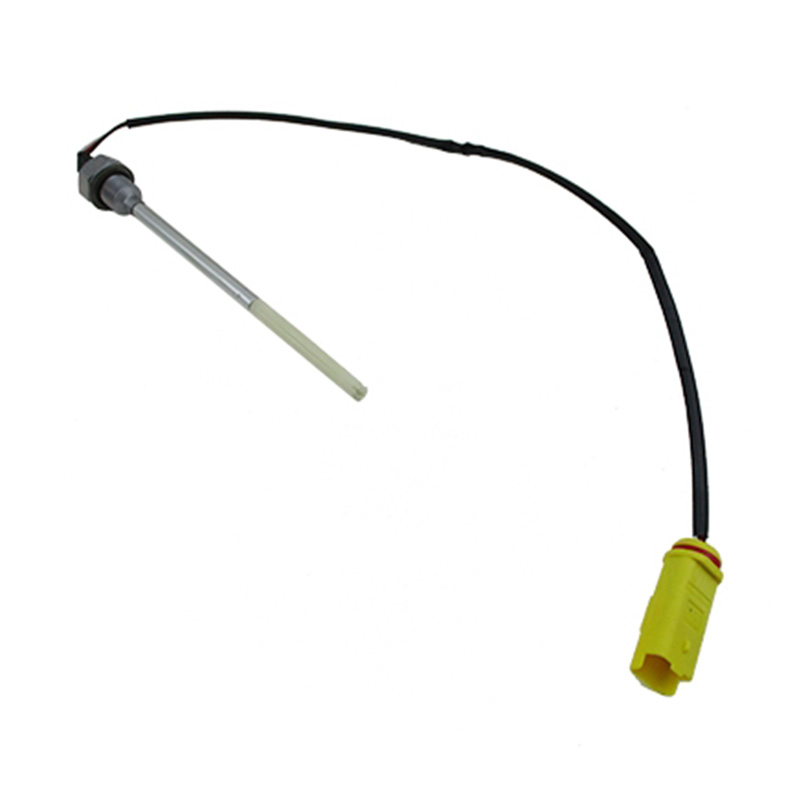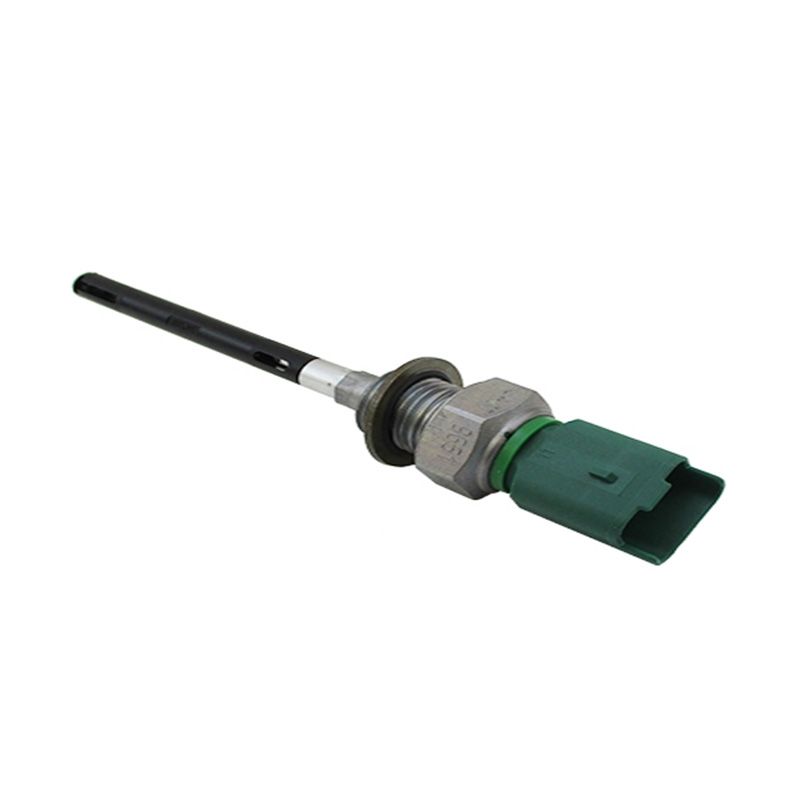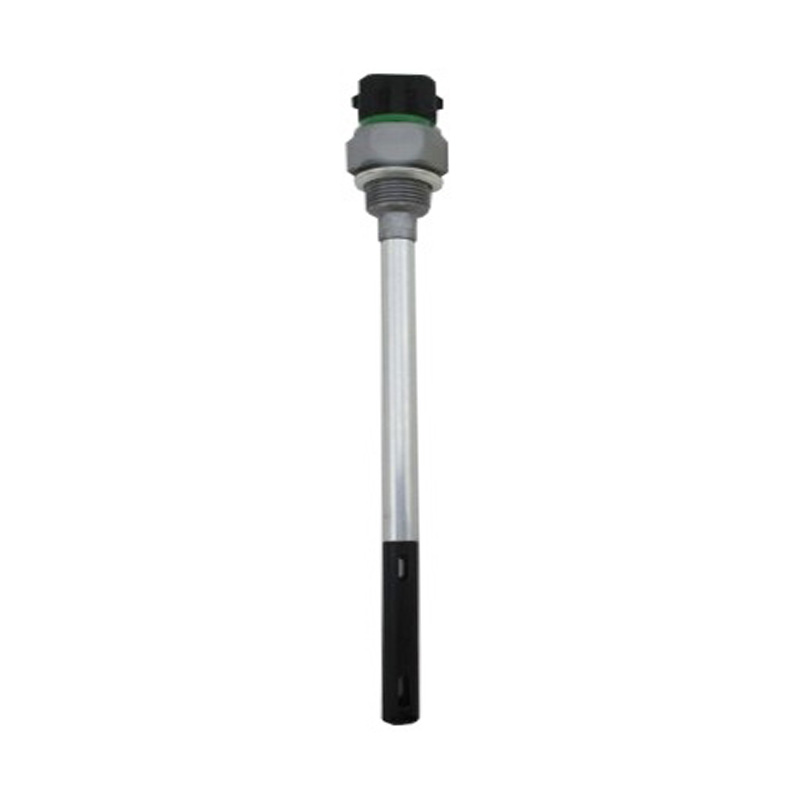OEM.NO: 12617598860. 12617636294. 1261763834112618608779
See DetailsMitsubishi Air Flow Sensor: Advancements In Sensor Technology For Modern Vehicles
Modern vehicles rely heavily on precise engine management systems to maintain performance, fuel efficiency, and emissions compliance. Among the critical components in these systems, the air flow sensor plays a pivotal role. Specifically, the Mitsubishi air flow sensor has undergone significant development to meet the demands of contemporary automotive engineering, ensuring accurate air intake measurements for a variety of driving conditions.
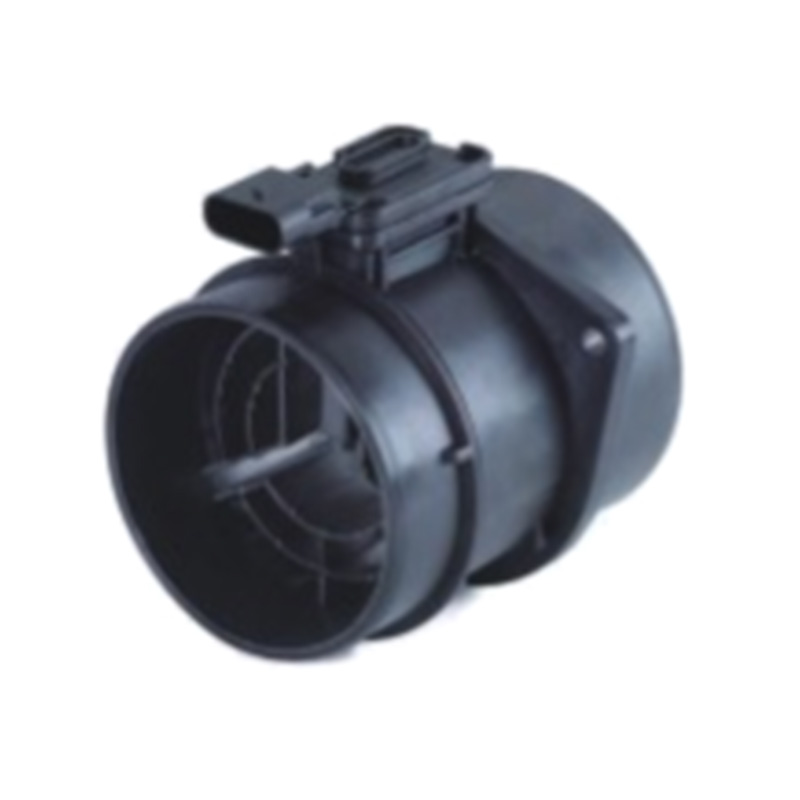
Understanding the Role of Air Flow Sensors
Air flow sensors, often referred to as mass air flow (MAF) sensors, measure the volume of air entering the engine. This data is vital for the engine control unit (ECU) to determine the correct amount of fuel for combustion. Accurate air measurement helps maintain engine stability, reduces fuel consumption, and lessens harmful emissions. For vehicles like Mazda models, mass air flow sensors are designed to adapt to the specific engine configurations and driving characteristics of the brand, offering a reliable foundation for engine management.
Technological Advancements in Mitsubishi Air Flow Sensors
In recent years, Mitsubishi air flow sensors have integrated enhanced sensing technologies to improve accuracy and responsiveness. These sensors now feature advanced thermal and hot-wire sensing elements that react quickly to changes in air volume. This improvement ensures that the engine receives the correct air-fuel mixture across different driving conditions, including sudden acceleration or high-altitude environments where air density changes significantly.
Additionally, these sensors are constructed to resist contamination from dust, oil, and other particles that can accumulate in the air intake system. This durability reduces maintenance needs and helps sustain consistent engine performance over time.
Compatibility and Application
Mitsubishi air flow sensors are designed for use in a wide range of vehicles, from passenger cars to small trucks. Their compatibility with models like Mazda ensures that drivers benefit from precise air measurement without the need for extensive modifications or recalibration. When replacing or servicing a mass air flow sensor for Mazda, technicians often emphasize selecting sensors that meet or exceed factory specifications to maintain engine efficiency and reduce the risk of errors in fuel delivery.
Impact on Vehicle Performance
A properly functioning air flow sensor has a direct influence on vehicle drivability. When the sensor delivers accurate readings, the ECU can balance fuel injection and ignition timing more effectively. This balance contributes to smoother acceleration, reduced stalling, and better overall engine response. Conversely, a faulty sensor can cause uneven idling, reduced fuel efficiency, or engine warning lights. Routine inspections and timely replacement of air flow sensors, such as those offered for Mitsubishi and Mazda vehicles, are therefore critical to maintaining consistent performance.
Future Trends in Air Flow Sensor Design
The automotive industry continues to evolve, with stricter emissions regulations and growing interest in hybrid and electric vehicles. In response, sensor technology is also advancing. Future iterations of Mitsubishi air flow sensors are likely to feature even greater sensitivity, integration with digital control systems, and improved resistance to environmental factors. Such developments will allow vehicles to respond more efficiently to dynamic driving conditions while contributing to cleaner exhaust output and reduced fuel consumption.
Mitsubishi air flow sensors represent a key component in modern vehicle engine management. By providing accurate air intake measurements, these sensors support efficient combustion, stable performance, and compliance with emission standards. For vehicles such as Mazda models, selecting and maintaining reliable mass air flow sensors ensures consistent engine operation and long-term reliability. As sensor technology continues to progress, drivers can expect continued improvements in precision, durability, and overall vehicle performance.
